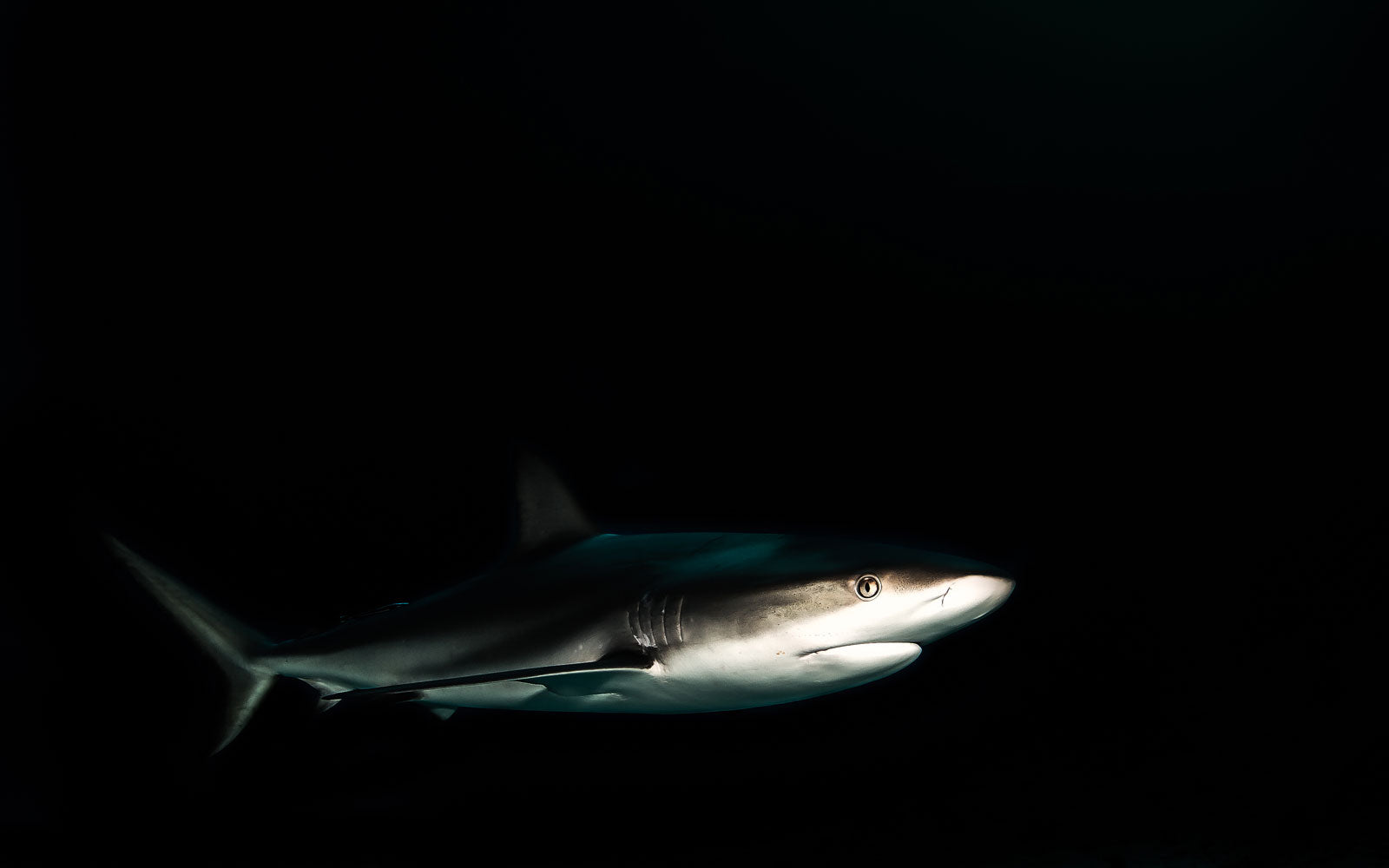
Bull Sharks: The True Danger in The Sea
When “Jaws,” the hit Steven Spielberg movie, came out in 1975, the world became fascinated with sharks, particularly great whites. One thing that was commonly overlooked was that great white sharks, while huge and scary looking, were not the most dangerous sharks in the water. That honor was reserved for bull sharks, which are known as the “Pitbull of the Sea.”
How Dangerous is the Bull Shark?
Did you know that the bull shark is one of the top three sharks most likely to attack humans? Don’t worry, though, even when grouped with all sharks, including great white and tiger sharks, there has only been a worldwide average of 69 unprovoked shark attacks on humans per year, with only an average of 9 fatalities. You are more likely to be killed by lightning, which accounts for roughly 43 deaths a year!
How Did Bull Sharks Get Their Name?
Bull sharks got their name from their short, blunt snout and their aggressive behavior. The bull shark is also knownfor their tendency to head-butt their prey. Their method of hunting is called “bump and bite.” Bump and bite is fine for their normal prey but can be deadly when they mistakenly bite a human.
Move Over, Great White Shark!
Since bull sharks are common, don’t mind brackish water, and are aggressive, they have been considered by experts to be the most dangerous sharks in the world. They have a diet of fish, dolphins, turtles, and other sharks. Because they will hunt in shallow water and sometimes in populated regions, they may attack people in error or out of curiosity.
“Jaws,” originally a book about a great white shark terrorizing a beach, was inspired by a number of shark bites that occurred along the Jersey Shore in 1916. However, because many of these happened in brackish water and freshwater, scientists believe that the bites were the responsibility of one or more bull sharks. They are territorial, and because they like to feed in shallow waters, they come into close contact with humans at beaches and in rivers.
What Color Are Bull Sharks?
Bull sharks are two-toned! They’re dark on top and light on the bottom, a coloration style in the animal kingdom that is called countershading. They are gray on their backs to blend into the dimness of the murky water when looked at from above. From underneath, bull sharks white bellies blends into the sunny waters. They also like to hunt at dawn and dusk when the dim water will hide their approach.
7 Fast Fun Facts About Bull Sharks
-
Bull sharks have the strongest bite of any shark and can bite twice as hard as the great white!

- They’re fast and can reach speeds of up to 12 miles per hour.
- They are not picky eaters. Along with fish, they have been known to eat birds and turtles - and even other bull sharks!
- They give birth to 1-13 live young at a time.
- Bull sharks typically live 12-16 years, but one in captivity was recorded living to 30!
- Bull sharks can live in freshwater, thanks to special glands and kidney functions – they’ve been discovered in the Mississippi and Amazon rivers!
- Males can grow up to 7 feet, but females can grow as large as 11 feet!
Where Do Bull Sharks Live?
Bull sharks like to live in warm waters and hunt in the shallows. In the Western Pacific, they range from the Northern United States to Brazil and then along the coast of Africa, parts of India, Australia, and islands in the Eastern Pacific. Bull sharks are also found along the Eastern seaboard of the United States. There have even been constant populations found in several major rivers, such as the Amazon River, Mississippi River, and Brisbane River.
Wait, Bull Sharks Can Live in Freshwater?
One of the most fascinating facts about bull sharks is that they can live in both saltwater and freshwater. Most sharks, having the same concentration of salt in their blood as seawater, are unable to do this. Due to having 50% less salt concentration in their blood, bull sharks can swim in freshwater. However, they needing to excrete 20 times more urine when doing so.
Are Bull Sharks in Danger?

Like many living beings on our planet, bull sharks are being hunted for their hides, fins, oils, and meats, and their numbers have been shrinking. Bull sharks are near threatened, they may be vulnerable to endangerment in the near future. They are also subject to habitat degradation, like many living things.
Do Bull Sharks Live in Groups?
Bull sharks tend to be solitary hunters, coming together to mate and then heading back out as loners. The gestation is a year, with the pups fully independent at birth. They will still stay in protected waters until they are large enough to defend themselves. Scientists have noted them hunting in groups, but that does not tend to be the norm.
Why Should I Wear a Shark Tooth Pendant?
You know what does look great in groups? Shark tooth pendants! Double and triple them up for a style all your own!
According to legend, shark tooth pendants became popular in Hawaii after a young warrior went into the sea to battle a sea god and came out wearing a shark tooth. Since that time, sailors and surfers alike would wear shark tooth pendants to protect themselves from sharks. Shark tooth pendants also make for fashionable Bohemian statement pieces.
Our 5 Favorite Shark Tooth Pendants:
- Fossil Mako Pendant
- Curved Fossil Mako Tooth Pendant
- 2 7/16" Large Megalodon Tooth Pendant
- Petite Bone Valley Megalodon Tooth Pendant
- Beautiful Auriculatus Fossil Tooth Pendant
Bull Shark Tooth Pendants for the Bold
Thinking of embracing your inner tenacity and getting a bull shark tooth pendant for yourself? Our specimens include a super cool bull shark tooth from the lower jaw that’s wrapped in sterling silver wire. Add a cord to make it one-of-a-kind.
If you prefer gold, we suggest our upper jaw bull shark tooth that is wrapped in gold fill wire. You can select the shark tooth pendant on its own or choose a cord or necklace to pair with it!


